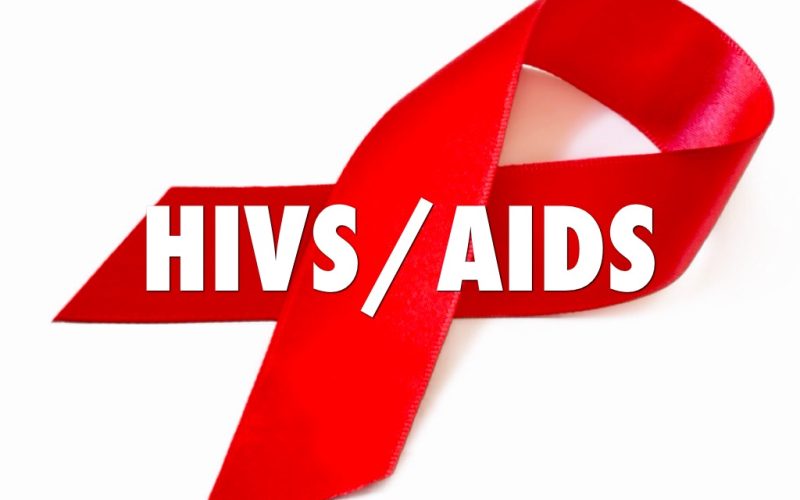Unraveling the Essence of HIV
Defining HIV:
Human Immunodeficiency Virus (HIV/AIDS), a microscopic entity with profound consequences, strategically targets the body’s immune system. The absence of effective cure accentuates the gravity of HIV’s potential progression to Acquired Immunodeficiency Syndrome (AIDS).
Treatment Landscape:
The absence of a cure doesn’t equate to helplessness. With meticulous medical care, individuals grappling with HIV/AIDS can exert control over the virus. This not only promotes longevity but also safeguards the health of their partners.
Enduring Reality:
Unlike transient infections, HIV is a lifelong companion once contracted. Navigating life with this virus necessitates awareness, proactive healthcare, and a commitment to mitigating transmission risks.
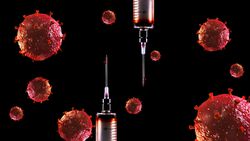
Tracing the Origins of HIV
Genesis in Central Africa:
The genesis of HIV/AIDS in humans can be traced back to a peculiar source—a type of chimpanzee native to Central Africa. The intricate connection between humans and these primates paved the way for an unforeseen viral transmission.
A Historical Leap:
Studies indicate that the leap from chimpanzees to humans might have occurred as far back as the late 1800s. This transfer of the virus, specifically known as simian immunodeficiency virus, likely happened during activities like hunting, bringing humans into direct contact with the infected blood of these chimpanzees.
Global Proliferation:
Over the ensuing decades, HIV silently traversed the African continent, making its presence known on a global scale. The virus found its way into the United States by the mid to late 1970s, marking the inception of a public health challenge that would demand comprehensive responses.
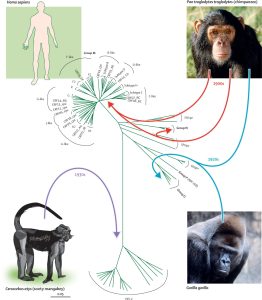
Decoding HIV Status: The Imperative of Testing
Testing Imperative:
In the intricate web of understanding HIV, testing emerges as the linchpin. The only definitive method to ascertain one’s HIV status is through rigorous testing.
Accessibility and Ease:
Accessible, rapid, and painless, HIV/AIDS tests serve as vital tools empowering individuals to make informed decisions about their health and adopt preventive measures to curb transmission.
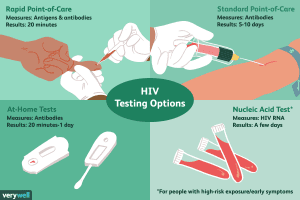
Symptoms Unveiled: Navigating the Complex Terrain
Symptomatic Indications:
For many, the onset of HIV/AIDS manifests as flu-like symptoms, typically surfacing within 2 to 4 weeks post-infection. However, these symptoms, while alarming, don’t conclusively indicate an HIV diagnosis, as other illnesses can provoke similar reactions.
Testing Significance Reiterated:
The significance of testing is underscored by the fact that some individuals may carry the virus without exhibiting any symptoms. Testing, therefore, becomes an indispensable step in unraveling the intricate tapestry of HIV diagnosis.
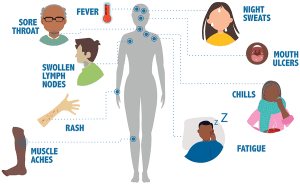
Journey Through HIV Stages: Navigating the Complex Landscape
Stage 1: Acute HIV Infection:
- Characterized by a significant presence of HIV in the blood, making individuals highly contagious.
- Onset of flu-like symptoms warrants immediate testing for timely intervention.
Stage 2: Chronic Infection:
- Also known as asymptomatic HIV infection or clinical latency.
- Despite the absence of apparent symptoms, the virus remains active, allowing for potential transmission.
- Adherence to HIV treatment can forestall progression to Stage 3 (AIDS).
Stage 3: Acquired Immunodeficiency Syndrome (AIDS):
- The pinnacle of severity in HIV progression.
- Individuals with AIDS carry a high viral load, heightening the risk of transmission to others.
- Compromised immune systems render them susceptible to opportunistic infections and serious illnesses.
- Survival without HIV treatment typically extends to about three years.
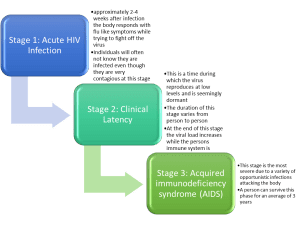
How do you get HIV?
HIV is found in body fluids of a person with the virus, whose levels of virus are detectable.
The body fluids most likely to contain enough virus to pass on HIV to another person are:
- semen (including pre-cum)
- vaginal fluid
- anal mucus
- blood
- breast milk
HIV is a fragile virus and does not survive outside the body for long.
HIV is most commonly passed on through unprotected anal or vaginal sex. There is a very low risk of getting HIV through oral sex and there can be a small risk through sharing sex toys, which can be eliminated by using fresh condoms for each person using the toy.
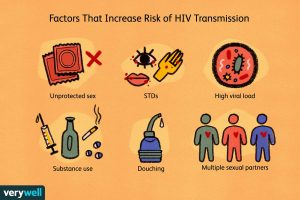
Preventing HIV
It has never been easier to prevent the transmission of HIV.
Someone living with HIV who takes their HIV treatment and who has had an undetectable level of virus for six months, cannot transmit HIV to anyone else. Over 90% of all people diagnosed with HIV in Scotland have undetectable virus. It’s therefore extremely rare for someone to get HIV from a person that knows they have the virus.
HIV Pre Exposure Prophylaxis (PrEP)
PrEP is a form of HIV medication taken by someone who does not have HIV which will help to prevent them from getting HIV. In Scotland PrEP is available on the NHS through sexual health clinics for people who are at risk of getting HIV. PrEP only provides protection from HIV and not from any other sexually transmitted infections.

Condoms (and lubricant)
Properly used condoms (and lubricant for anal sex) are effective at preventing transmission of HIV as well as other sexually transmitted infections and pregnancy.
HIV Post Exposure Prophylaxis (PEP)
HIV Post exposure prophylaxis (PEP) is a form of emergency HIV medication taken by someone who does not have HIV but who has or may have been very recently exposed to HIV.
PEP should be taken as soon as possible, but it can be taken up to 72 hours after exposure. The earlier it is taken the more effective it is.
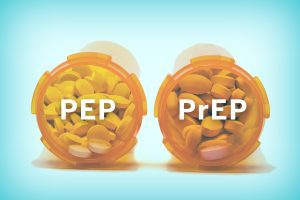
Clean Injecting Equipment
Using fresh injecting equipment, including any needles, syringes, swabs and spoons and avoiding sharing will eliminate any risk of HIV.
Conclusion:
Comprehending the multifaceted nature of HIV, from its origins to testing protocols and the nuanced progression through stages, forms the bedrock of informed decision-making. Regular testing and access to quality medical care not only empower individuals to navigate the complex landscape of living with HIV but also contribute to the collective efforts in curbing the impact of this virus on communities worldwide.






